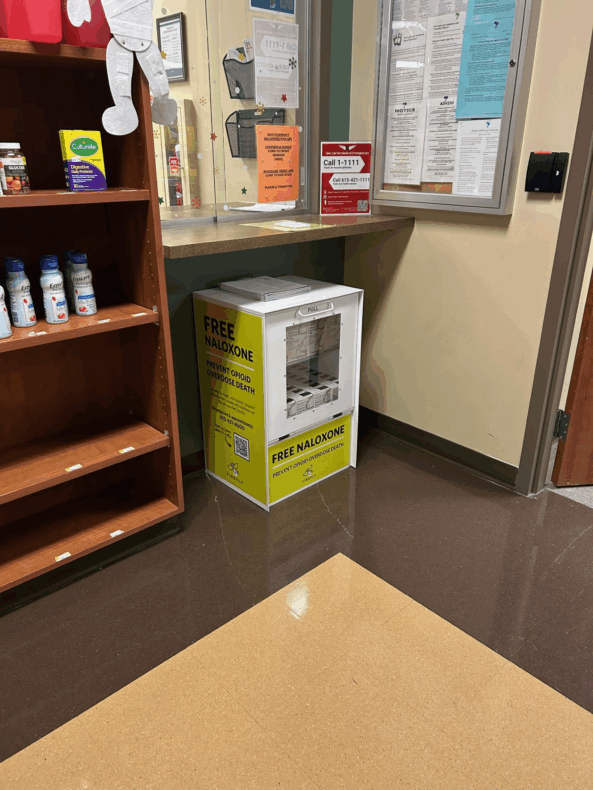The drug naloxone can rapidly reverse an opioid overdose. In 2016 the Centers for Disease Control and Prevention (CDC) recommended that clinicians prescribing opioids for chronic pain consider coprescribing naloxone in patients with higher opioid dosages, a history of substance use disorder or overdose, or a concurrent benzodiazepine prescription.
In January 2020, along the lines of the CDC recommendation, Vanderbilt University Medical Center implemented, in connection with patients whose electronic health records indicated higher risk of overdose, an automated alert that fired for clinicians at the moment of electronic prescribing of opioids (or benzodiazepines in patients prescribed opioids).
In Anesthesia & Analgesia, Scott Nelson, PharmD, MS, Adam Wright, PhD, and colleagues report their assessment of naloxone prescribing patterns over the 15 months following implementation of the alert.
Naloxone prescriptions per opioid prescription increased 16-fold, from 0.28 to 4.51 per 100 opioid prescriptions, while the percentage of at-risk patients with a naloxone prescription increased from 4% to 17%.
Also on the study were Allison McCoy, PhD, Hayley Rector, PharmD, Andrew Teare, PharmD, Tyler Barrett, MD, MSCI, Elizabeth Sigworth, Qingxia Chen, PhD, David Edwards, MD, PhD, and David E. Marcovitz, MD.

















